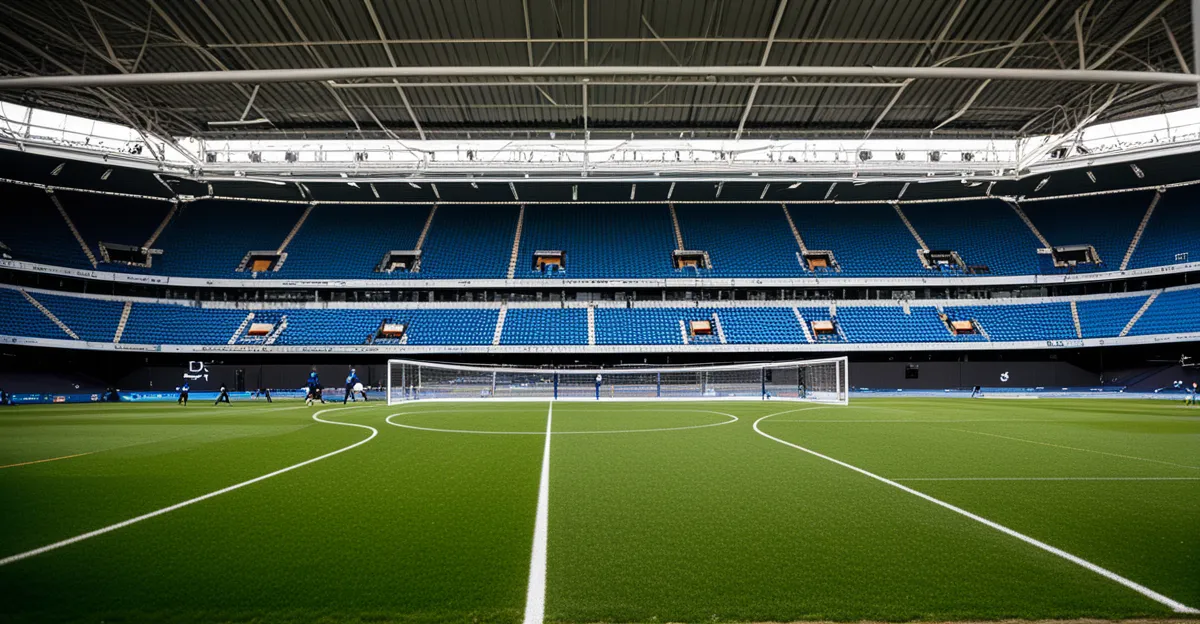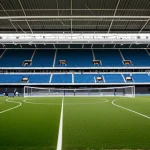UK Regulations and Legal Framework for Sports Facility Accessibility
In the UK, accessibility laws for sports venues hinge significantly on the Equality Act 2010, which mandates that sports facilities must provide equal access to all individuals, including those with disabilities. This legislation requires venues to make reasonable adjustments to prevent discrimination and ensure public spaces are usable. Sports venues must accommodate diverse needs through these legal requirements, affecting design, operation, and ongoing management.
The Equality Act 2010 serves as the cornerstone by imposing a statutory obligation on sports facilities to maintain an inclusive environment. Key areas include entrance access, seating arrangements, and sanitary conveniences, where facilities must actively remove barriers. Public access must not be hindered, and facilities are expected to regularly review their compliance posture, updating features or services as necessary.
Also read : Exploring the Impact of Traditional UK Sports on Community Cohesion?
Local authorities play an essential role in enforcing these regulations, often conducting inspections and addressing complaints related to non-compliance. They ensure that sports venues in their jurisdictions align with the Equality Act 2010 and the broader UK accessibility laws, aiming to guarantee safe, accessible environments for all participants and spectators alike. This framework fosters consistent improvements in accessibility across the sports sector.
Essential Accessible Features in UK Sports Facilities
Incorporating accessible sports facility features is vital under the Equality Act 2010, ensuring venues cater to diverse needs. Architectural adaptations such as ramps and lifts facilitate barrier-free movement across multiple levels and entry points. Wide doorways and corridors accommodate mobility aids, promoting independence for all users.
Also to see : How Can Engaging in UK Sports Impact Mental Health?
Accessible changing rooms and toilets are legally required to meet specific spatial and equipment standards. These facilities must include appropriate grab rails, lowered sinks, and emergency alarms to enhance safety and usability. Seating options should offer flexible spaces with adjacent companions’ seating, ensuring everyone can participate comfortably.
Signage must be clear, with high-contrast fonts and braille where appropriate, aiding those with visual impairments. Sensory adaptations like quiet zones and hearing loops address challenges faced by individuals with sensory processing conditions. These features combine to create an inclusive atmosphere that respects all attendees’ requirements.
Facilities must regularly evaluate these accessible sports facility features, updating them in line with evolving standards and user feedback. Through this ongoing commitment, sports venues demonstrate compliance with UK accessibility laws, fulfill their statutory duties, and foster equitable sporting experiences across communities.
Inclusive Sports Programmes and Community Initiatives
Inclusive sports initiatives play a crucial role in broadening access to physical activities for people with disabilities. Disability sports programmes are specifically designed to accommodate various impairments, ensuring that accessible activities meet participants’ abilities and preferences. These initiatives often feature adapted equipment, tailored coaching, and flexible rules, promoting engagement and enjoyment.
Community engagement is strengthened through partnerships with national charities and local advocacy groups. Such collaborations provide valuable expertise, resources, and outreach capabilities. They support training for coaches and volunteers, raising awareness and fostering a welcoming atmosphere within sports venues.
Accessible activities also extend beyond the sports field by incorporating support services such as transport assistance, communication aids, and peer mentoring. This holistic approach encourages participation regardless of physical, sensory, or cognitive limitations.
By focusing on inclusive sports initiatives, venues and organisations ensure they meet not only legal standards but also community needs, creating lasting positive impacts on health and social inclusion. Integrating disability sports programmes and proactive community engagement forms a foundation for sustainable accessibility in UK sports culture.
Best Practice Case Studies from Leading UK Sports Venues
Examining case studies of accessible stadiums in the UK highlights best practices implemented to enhance inclusivity. Venues such as national stadiums and community sports centres have introduced innovative solutions targeting diverse accessibility needs. For instance, the integration of advanced technology like real-time hearing loops and mobile apps for navigation significantly improves user experience.
These venues exemplify the benefits of combining accessible sports facility features such as ramps and lifts with service-oriented improvements, including trained staff and dedicated assistance points. This holistic approach ensures that every visitor, regardless of ability, receives support tailored to their requirements.
Recognition programmes further encourage sports venues to prioritize accessibility. Awards acknowledging leadership in this area motivate continuous development and set benchmarks industry-wide. By sharing success stories and demonstrating tangible results, these case studies serve as valuable resources for other venues aiming to meet or exceed sports venue legal requirements under UK accessibility laws.
Overall, examples from leading UK venues underscore the positive impact of commitment and innovation in creating inclusive environments, fulfilling both statutory duties and community expectations.









